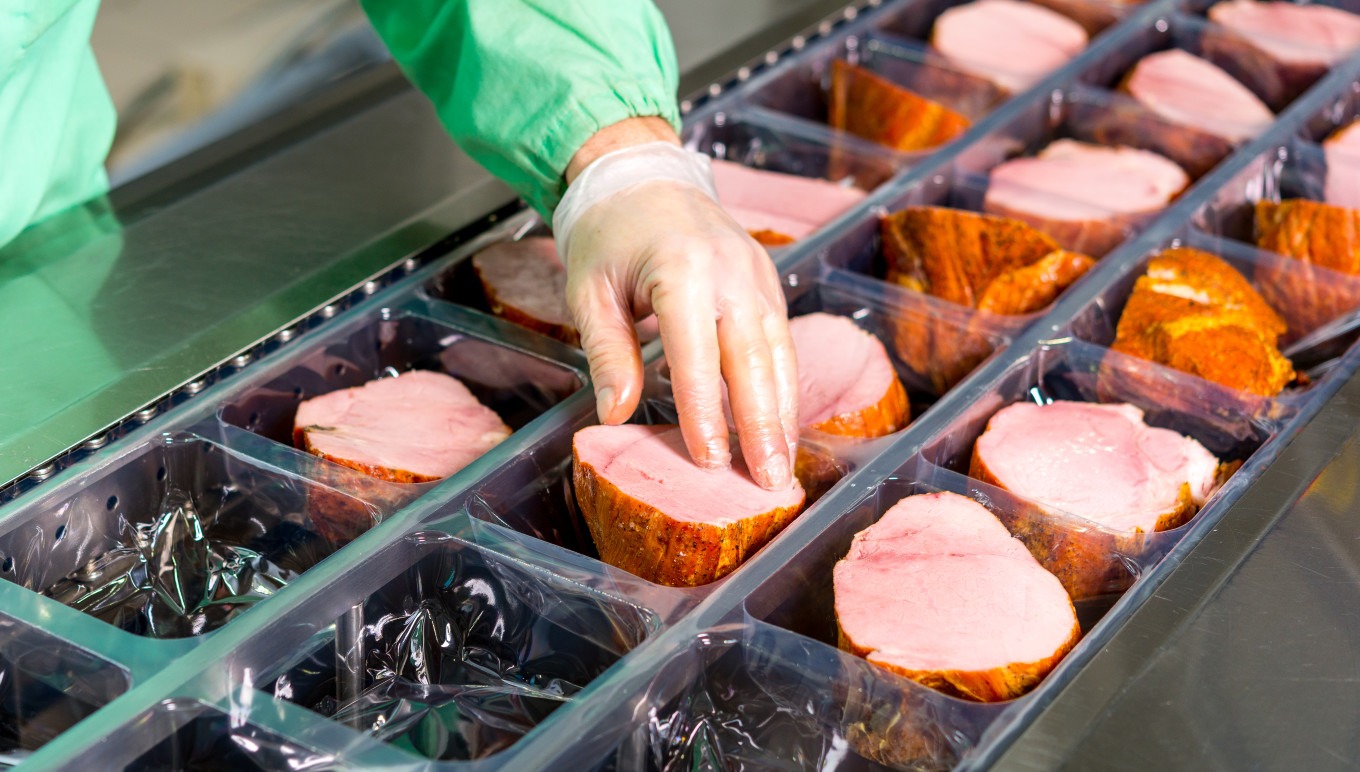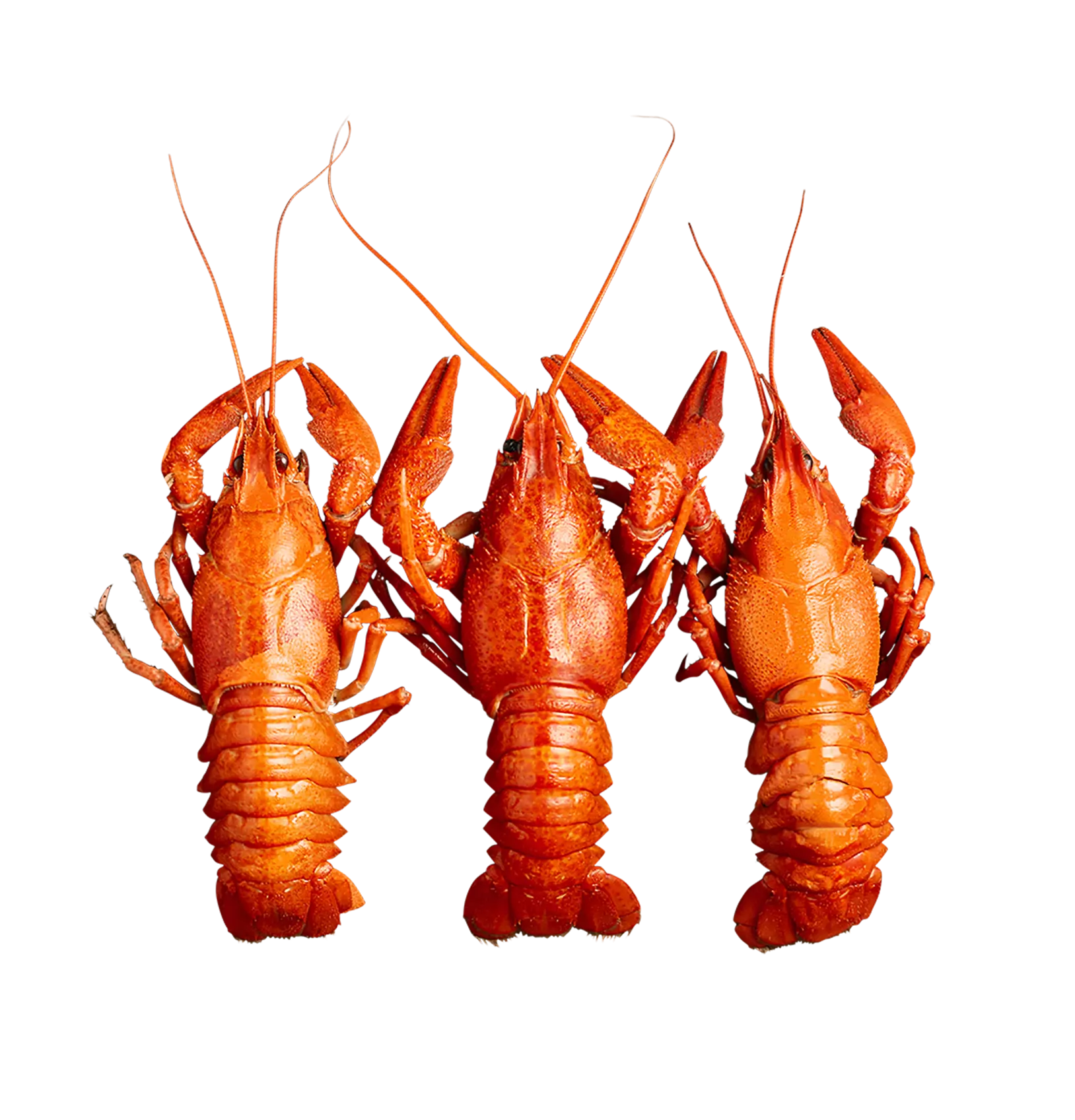Featured in this post
How a Meat and Seafood ERP Covers Your Catch Weight Management Concerns
How a Meat and Seafood ERP Covers Your Catch Weight Management Concerns
30 Sep 2021
 John McCurdy | Senior Content Writer, Marketing
John McCurdy | Senior Content Writer, Marketing
For a food and beverage professional such as yourself, you’re no doubt familiar with the term “catch weight” and the challenge that the concept presents. If you happen to work in the meat, seafood or poultry sectors, then you know all too well the complications that stem from the nature of your products.
But just what is catch weight? And how can businesses like yours answer the questions posed by this consideration with enterprise resource planning (ERP) solutions? We’ll explore these topics and why they’re so important here.
Catch Weight, Defined
Catch weight—also known as “variable weight”—is the exact weight of an individual food item. The most frequent application is in the case of products that vary in weight on a case-by-case basis, such as meats, blocks of cheese, fruits and vegetables.
These items are frequently sold in bulk and always priced by their weight, rather than by discrete units of measure. Steaks are a good example, as the price depends on how much the actual piece of meat weighs as opposed to it being quantifiable as a single steak.
One could also consider the case of two different packages of chicken wings to further illustrate the idea. Because they are irregular in size and shape and vary based on how the chicken is cut and packaged after slaughter, two packages with the same number of pieces could contain different amounts of chicken as determined by weight. The prices of those packages must therefore reflect that difference.
As an interesting aside, the term catch weight actually originated in boxing and wrestling, where it refers to the process of fighters being weighed before a bout or match to ensure that both participants are within the range of the weight class for the event. This is critical for preventing injuries and keeping the playing field level in these sports.
Why Accounting for Catch Weight Is Crucial
The reasons that food manufacturing businesses like yours need to account for catch weight are two-fold. There’s the issue of pricing, as well as that of customer satisfaction.
Pricing
In order to fairly price a piece of meat or other food product of a variable weight, you must know how much the individual piece weighs. Simply applying an “average” weight and corresponding price to all products of a given variety would end up with either the seller or the buyer getting shortchanged in many cases.
After all, if you sold all of your fish filets as though they weighed the same, you wouldn’t be recouping the actual value of those that ran heavier than the average weight used, while customers would be overpaying for those that ran lighter. The latter case would no doubt cause complaints to come in, which leads to our second point.
Customer Satisfaction
To keep customers satisfied and your brand reputation intact, you must avoid the perception that you’d “rip off” a consumer in this way. The best strategy for ensuring the integrity of your products and their pricing is to account for catch weight in a transparent fashion, even going so far as to display the actual weight on the package label to demonstrate the reason for the difference in costs.
Some food companies build in a buffer for their variable weight items to ensure that they never encounter an issue on this front, even though that means selling heavier items slightly underpriced. The right technology, however, can help you keep this buffer as small as possible or eliminate it altogether.
How ERP Solutions Allow for Complete Catch Weight Management
ERP systems help food businesses manage and price their variable weight products with several key catch weight management functionalities. First off, the unified databases offered by these systems make logging the weight of your goods much easier and ensure that figure remains tied to the item throughout its supply chain journey.
Advanced platforms like Aptean's meat, seafood and poulty ERP can even automate the weighing process by syncing with connected scales in your facilities, removing the chance of human error and relieving your employees of a tedious manual task. And once the weight is in the system, a price can be automatically determined using the model you specify, and the appropriate label can be applied.
This process of data capture also lets your staff catch anomalies that are outside the acceptable range for a given product and thereby can’t be sold in that format—a cut of pork that was simply cut too small to be sold as a pork chop, for instance, can be removed from that line and repurposed for another. Users can make adjustments to the tolerance percentages to fine-tune this step further as well.
In addition to the above features, the dedicated catch weight module of Aptean’s meat and seafood ERP facilitates selling by the pound, as opposed to by the case, and gives you granular data to analyze the average weight of items delivered in a certain lot or by a certain supplier. This is another powerful tool that allows you to get the most out of your resources and maintain a healthy bottom line.
A Single System to Solve for Catch Weight and So Much More
Foods that vary in weight can’t be treated like other products that can be sold by the package or individual item. It takes a nuanced understanding of catch weight and how to best confront the complications it creates in order to operate in the meat, seafood and poultry segments, not to mention sell other variable weight goods.
As we’ve outlined above, there’s a smarter way to go about catch weight management in your facilities, and that’s to rely on technology designed for the purpose. When you trust in an ERP system to record weight of individual items with exacting precision and then account for it in properly pricing the product, you can feel confident that both your organization and the end consumer receive equitable outcomes.
Our meat, seafood and poultry ERP not only comes with all the catch weight management functionality you’ll need—it’s also packed with other features that were designed with industry best practices in mind. From traceability and food safety compliance to robust profitability analytics, it makes an ideal foundation for any modernization initiative or digital transformation.
Ready to hear more about Aptean’s purpose-built meat ERP platforms and what one could do for your food business? Get in touch with our team of food and beverage industry experts today.
Ready to master the complexities of the meat and seafood industry?
Our seafood and meat processing ERP drives positive change and acts as a future-proof platform for growth.



